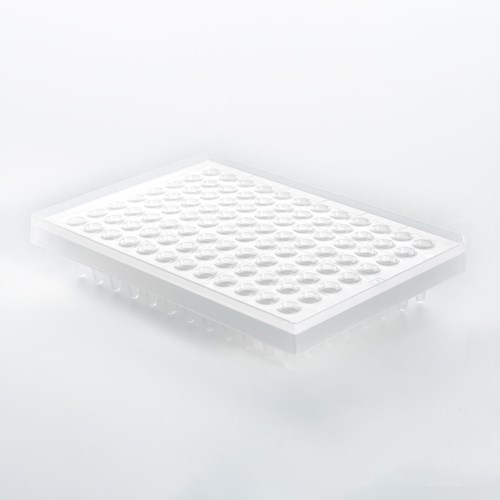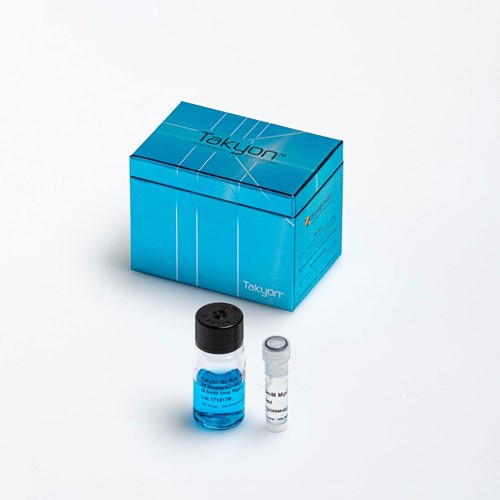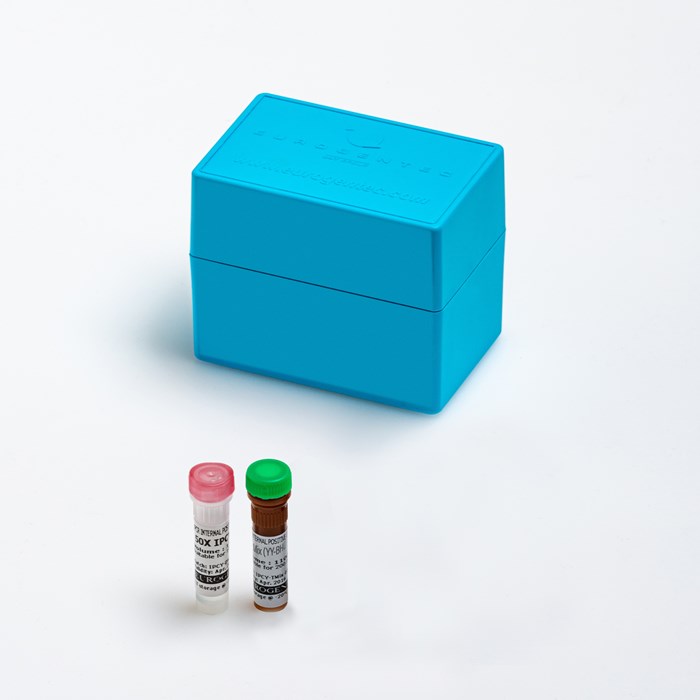qPCR Internal Positive Control (IPC) Yakima Yellow®-BHQ®-1 (50 µl)
- Cat.Number : RT-IPCY-B02
- Manufacturer Ref. :
-
Availability :
In stock
- Shipping conditions : Ice delivery fees must be applied
Alternative choices
Real-Time PCR assays are prone to inhibition by various substances found in many samples (clinical, soil, plant…). Carryover of reagents used for the isolation of nucleic acids can also inhibit amplification reactions. Other causes of false-negative results include target nucleic acid degradation, sample processing errors and thermocycler malfunction.
Benefits
Specific
- Does not interfere with target amplification
- Avoid amplification of endogenous genes
Sensitive
- Compatible with low copy templates
- Available with dark quencher for maximal signal-to-noise ratio
Designed for multiplex assays
- Detected in the Yakima Yellow®, VIC®, JOE channel
Eurogentec’s Universal Exogenous qPCR positive Controls provide an accurate way to assess the integrity of your nucleic acid extraction and amplification assay.
IPC are labelled to Yakima Yellow or Cy5; custom labelling is available on request (custom-qPCR@eurogentec.com).
Alternatively these controls can be used as positive controls in digital PCR (dPCR) applications.
Eurogentec’s Universal Exogenous qPCR Positive Control for TaqMan® Assays is an optimized Taqman control that was designed to distinguish true target negatives from false negatives due to PCR inhibition, incorrect pipetting or cycling parameters.
- The optimized control can be spiked into samples before extraction (RT-SPCx-xxx) or before qPCR Assay (RT-IPCx-xxx) without compromising amplification efficiency of the target sequence.
- The optimized control doesn't match with any sequence routinely found in a lab.
- The optimized control is detected using a Yakima-Yellow® (VIC® equivalent)-labeled probe and the target templates are detected using probes emiting in other channels (e.g. FAM).
- Avoid amplification of endogenous genes.
Note: Alternatively, the Universal Exogenous qPCR Positive Control may be used in standardised conditions as extraction yield calibrator, template quality sensor or inter-run calibrator. A given quantity of control can be spiked into samples before extraction. A relative (directly comparing samples) or an absolute (using a dilution curve of the control) quantification is performed after extraction to normalize the extraction yields of the samples. Quantitative results of the spiked control within the template or within a reference buffer (pure water, reference template…) are compared in order to reject templates where PCR inhibition is high (low quality). Add a dilution series of the optimised control on each plate and use it to normalize PCR efficiencies between plates (also for cycler to cycler data normalization).
Specifications
| Packaging | |
| Kits components |
|
|---|---|
| Properties | |
| Absorbance (nm) |
|
| Emission (nm) |
|
| Color | |
| Modification | |
| Conjugation type |
|
| Modification Name | |
| Conjugation |
|
| Storage & stability | |
| Form |
|
| Storage Conditions |
|
| Activity | |
| Detection Method | |
| Usage |
|
| Codes | |
| Code Nacres |
|
Downloads
You may also be interested in the following product(s)

qPCR 96-well plate sub-skirted, high profile, frosted (ABI systems)

